
The carnivore diet focuses on eating only animal products, and it has gained attention for its simplicity and potential health benefits. Many people have found success with this approach, which may lead to improved energy levels and weight management. In this article, I will share my top 15 carnivore diet recipes that are not only delicious but also easy to prepare.
Cooking within the limits of a carnivore diet can be challenging at times, but there are plenty of tasty options available. From hearty meals to snacks, these recipes will help you stay satisfied while sticking to your dietary choices. Each recipe has been chosen to showcase the variety that can exist within an all-meat diet.
1. Grilled Ribeye Steak
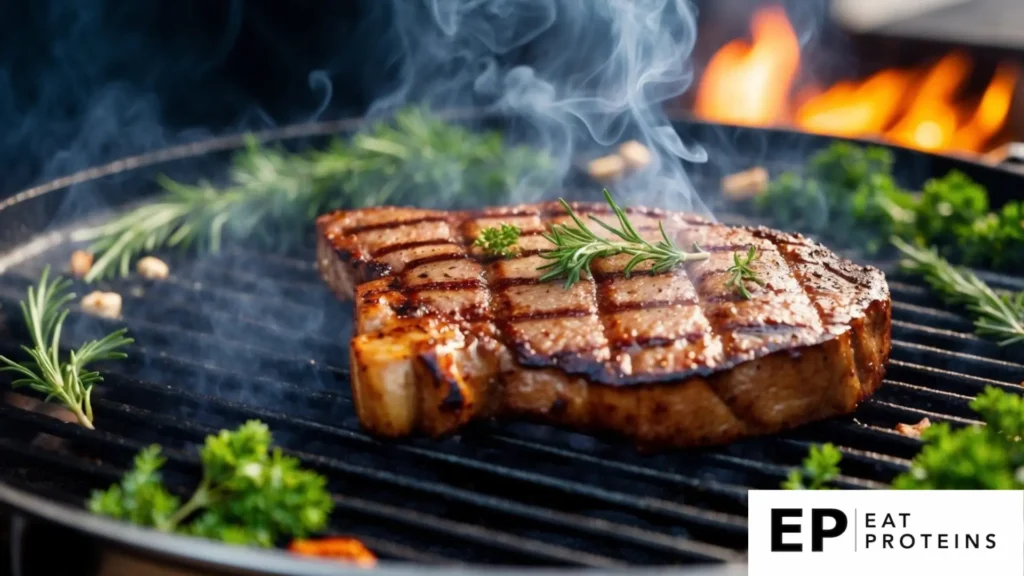
Grilled ribeye steak is a delicious and flavorful choice for the carnivore diet. This cut is known for its marbling, which adds richness and tenderness.
I find it easy to make, even for those new to grilling. Here are some simple steps to prepare it.
- Start with a ribeye steak, about 1 to 1.5 inches thick. Let it come to room temperature for about 30 minutes before cooking.
- Preheat your grill to high heat. This helps to achieve a nice sear on the steak.
- Season both sides of the steak with salt and pepper. You can add other spices if you prefer, but simplicity often works best.
- Place the steak on the grill for about 4-5 minutes per side for medium-rare. Use tongs to flip the steak without piercing it.
- Check the internal temperature. It should be around 130-135°F for medium-rare.
- Let the steak rest for 5-10 minutes after grilling. This helps the juices redistribute for a more tender bite.
Enjoying grilled ribeye steak is a straightforward way to incorporate quality protein into my diet.
2. Bacon-Wrapped Chicken Thighs
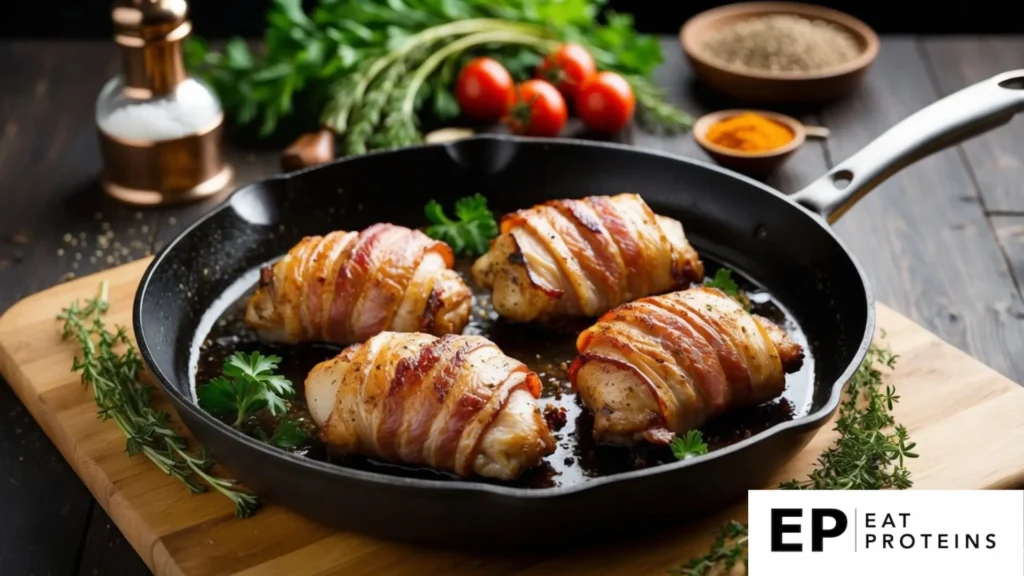
Bacon-wrapped chicken thighs are a tasty option for anyone on the carnivore diet. This dish combines the juicy flavor of chicken with the smoky richness of bacon.
Making this dish is straightforward and enjoyable. I love how simple the steps are.
- Preheat the oven to 400°F (200°C).
- Season the chicken thighs with salt and pepper.
- Wrap each thigh with 2-3 strips of bacon, securing them with toothpicks if needed.
- Place the wrapped thighs on a baking sheet.
- Bake for 25-30 minutes or until the chicken is cooked through and the bacon is crispy.
This recipe is not only easy to prepare but also offers a delicious flavor combination. The bacon helps keep the chicken moist while adding an appealing taste. Enjoying these thighs can be a satisfying part of my carnivore diet meal plan.
3. Garlic Butter Shrimp
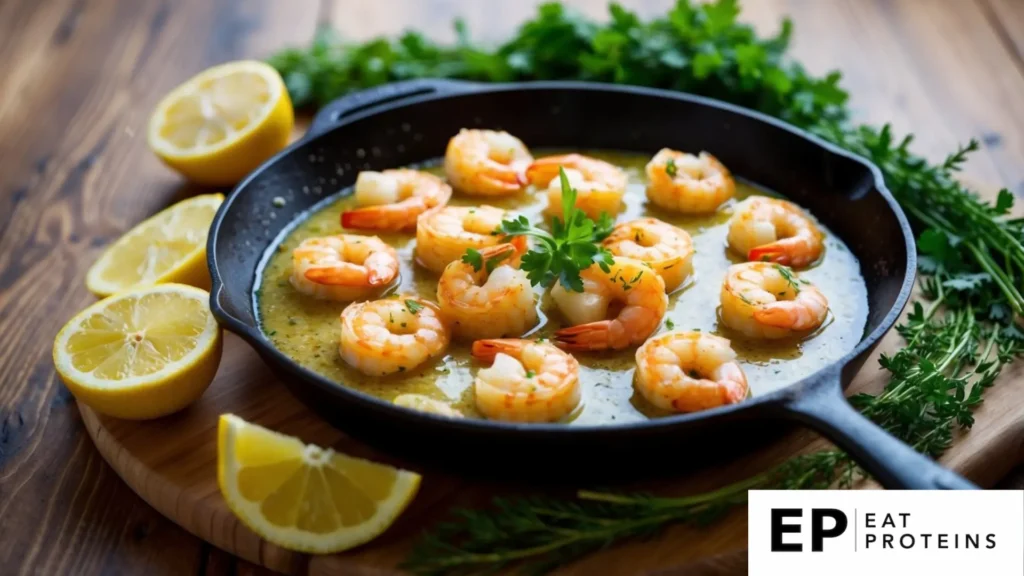
Garlic butter shrimp is a simple and delicious dish that fits perfectly into the carnivore diet. It combines shrimp with rich butter and aromatic garlic, creating a flavorful meal that can be made quickly.
Making garlic butter shrimp is easy and requires just a few ingredients. Shrimp cooks fast, usually in under 10 minutes.
To prepare it, I follow these steps:
- Melt 4 tablespoons of butter in a skillet over medium heat.
- Add 4 minced garlic cloves to the melted butter and sauté for about 30 seconds, until fragrant.
- Toss in 1 pound of peeled and deveined shrimp.
- Cook the shrimp for 2-3 minutes on each side until they turn pink and opaque.
- Season with salt, pepper, and a squeeze of lemon juice, if desired.
This dish can be served immediately and pairs well with a side of crispy bacon or a simple green salad, sticking to the principles of the carnivore diet while being satisfying and tasty.
4. Pork Belly Crisp

Pork belly crisp is a delicious dish that offers a flavorful and satisfying option for anyone on the carnivore diet. It’s the crispy skin and tender meat that make this dish special.
Making pork belly crisp is straightforward. I find it to be an enjoyable cooking experience, especially when I’m eager to create something tasty.
Here’s how I prepare it:
- Start by scoring the skin of the pork belly. I use a sharp knife to create shallow cuts without reaching the meat.
- Season the skin generously with salt. I usually let it sit for at least 30 minutes to draw out moisture.
- Preheat the oven to 450°F (230°C). A hot oven helps achieve the desired crispiness.
- Place the pork belly on a roasting rack. I roast it for about 30 minutes at the high temperature.
- Reduce the oven heat to 250°F (120°C) and continue cooking for another 2 hours. This makes the meat tender.
- For extra crispiness, I turn the heat back up for the last 15 minutes.
Let it rest before slicing. Enjoy the perfect balance of crispy skin and juicy meat.
5. Savory Beef Tenderloin
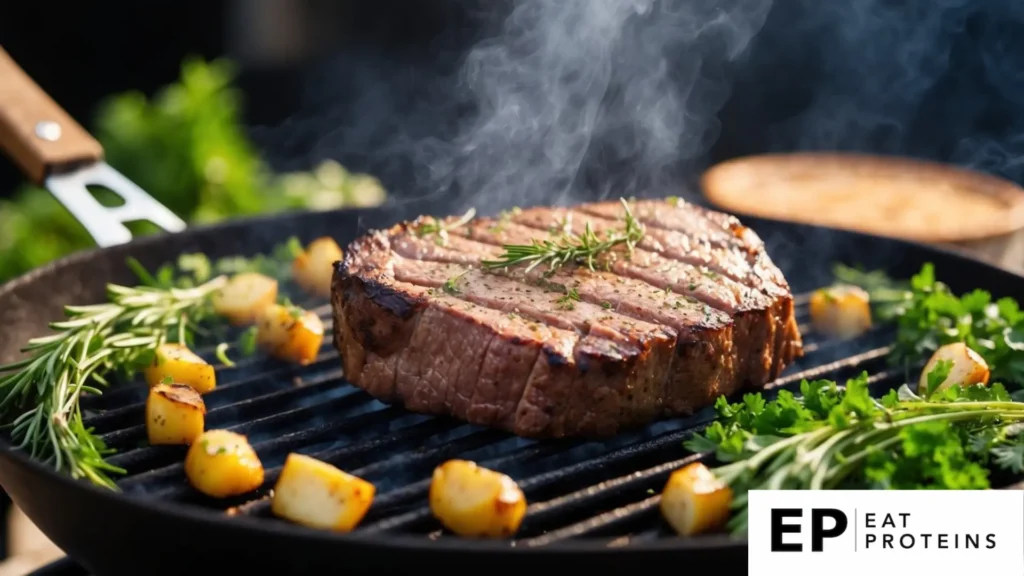
Savory beef tenderloin is a delicious and tender cut of meat. It is a great choice for a carnivore diet because it is high in protein and flavor. Cooking it is simple and straightforward.
To make savory beef tenderloin, I follow these easy steps:
- Preheat my oven to 400°F (200°C).
- Season the beef tenderloin with salt and pepper. I like to add garlic powder for extra flavor.
- Heat a pan over medium-high heat and add some oil. I sear the beef on all sides until it’s browned, about 3-4 minutes on each side.
- After searing, I transfer the pan to the preheated oven.
- I roast it for 15-25 minutes, depending on how well-done I want it.
- Once cooked, I let it rest for 10 minutes before slicing.
This method gives me a juicy and flavorful beef tenderloin. It’s a satisfying meal that fits perfectly into my carnivore diet. Enjoying this dish is always a treat, and it pairs well with other meat options.
6. Seared Lamb Chops
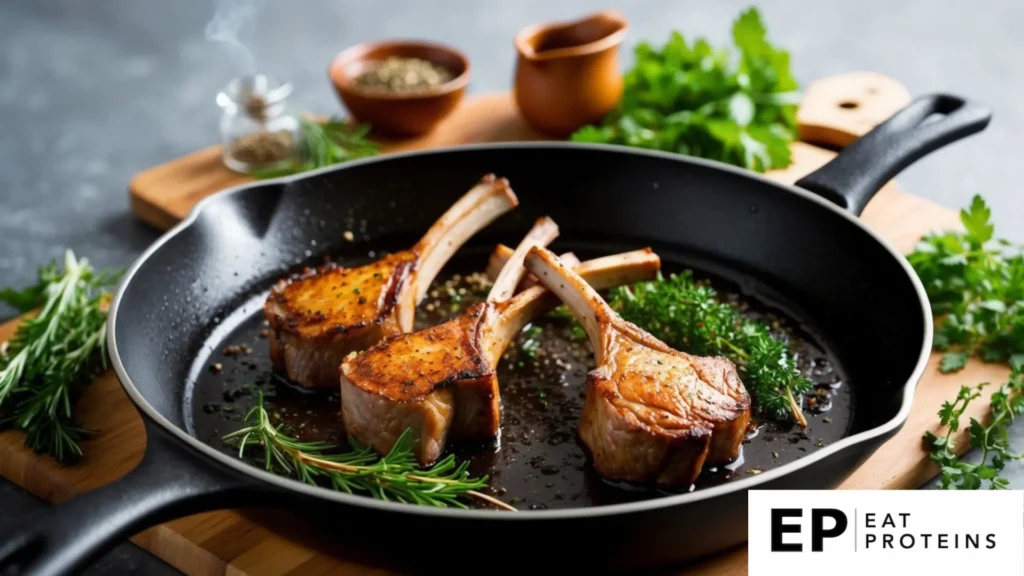
Seared lamb chops are a tasty choice for the carnivore diet. They are simple to prepare and packed with flavor. I enjoy making this dish because it highlights the natural taste of the lamb.
To cook seared lamb chops, I start with lamb loin chops, which are tender and easy to handle. The cooking process takes about 15-20 minutes.
Here are the basic steps:
- Season: I sprinkle salt and pepper on both sides of the lamb chops.
- Heat: I heat a skillet over medium-high heat and add a little oil.
- Sear: I place the chops in the skillet and sear them for about 3-4 minutes per side.
- Check: I use a meat thermometer to ensure an internal temperature of 145°F for medium-rare.
- Rest: I let the chops rest for a few minutes before serving.
This method produces juicy lamb chops with a nice crust. Pair them with your favorite carnivore-friendly sides or enjoy them on their own.
7. Herb-Crusted Salmon
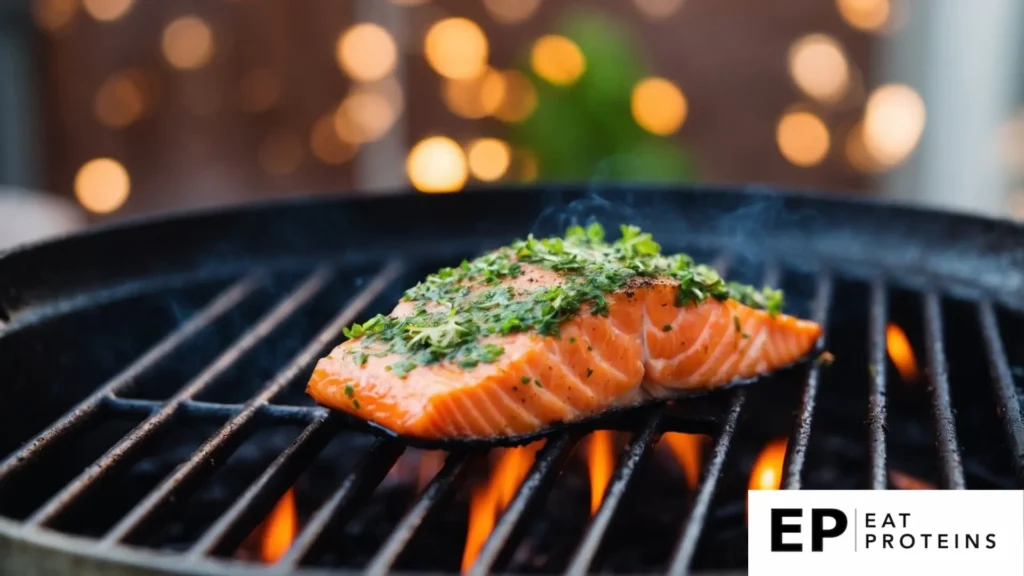
Herb-crusted salmon is a flavorful dish that fits well in a carnivore diet. This recipe combines fresh herbs with the richness of salmon for a tasty meal. It is easy to make, perfect for a weeknight dinner.
To start, I gather my ingredients: salmon fillets, olive oil, garlic, and a mix of fresh herbs like parsley and dill. I preheat my oven to 400°F (200°C).
Next, I prepare the herb mixture. In a small bowl, I combine chopped herbs, minced garlic, and olive oil. This makes a paste that I spread over the salmon fillets.
I place the seasoned salmon on a baking sheet lined with parchment paper. It goes into the oven for about 12-15 minutes. I check for doneness; the salmon should be flaky and just cooked through.
Once it’s ready, I remove it from the oven and let it rest for a few minutes. This dish pairs well with a side of steamed vegetables or a fresh salad if desired. Herb-crusted salmon is a simple, nutritious option that I enjoy making.
8. Bison Burger Patties
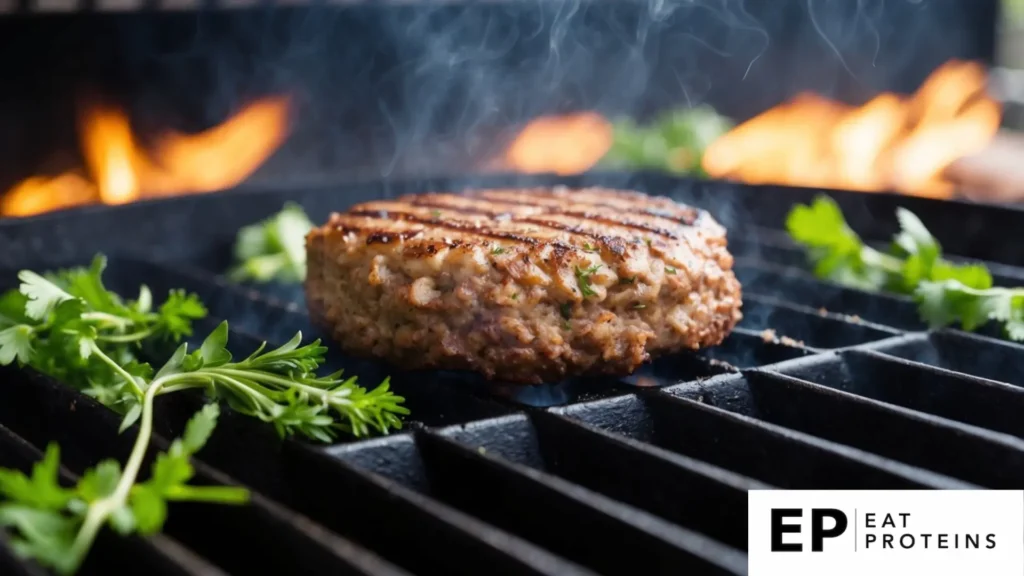
Bison burger patties are a delicious and healthy option for the carnivore diet. They offer a rich flavor and are leaner than traditional beef. I find bison to be a satisfying choice when I want a hearty meal.
Making bison burger patties is quite easy. First, I start with ground bison meat. Its natural tenderness makes it a great base for burgers.
To make the patties, I follow these simple steps:
- Take about 1 pound of ground bison.
- Form it into four equal patties, about 1 inch thick.
- Season each side lightly with salt and pepper.
For cooking, I recommend using a grill or skillet. Here’s how I cook them:
- Preheat your grill or skillet over medium-high heat.
- Cook the patties for about 4 minutes on each side.
- Ensure the internal temperature reaches 160°F.
I often enjoy them topped with cheese or paired with avocado for extra flavor. Bison burgers are not only tasty but also a good source of protein.
9. Venison Steaks
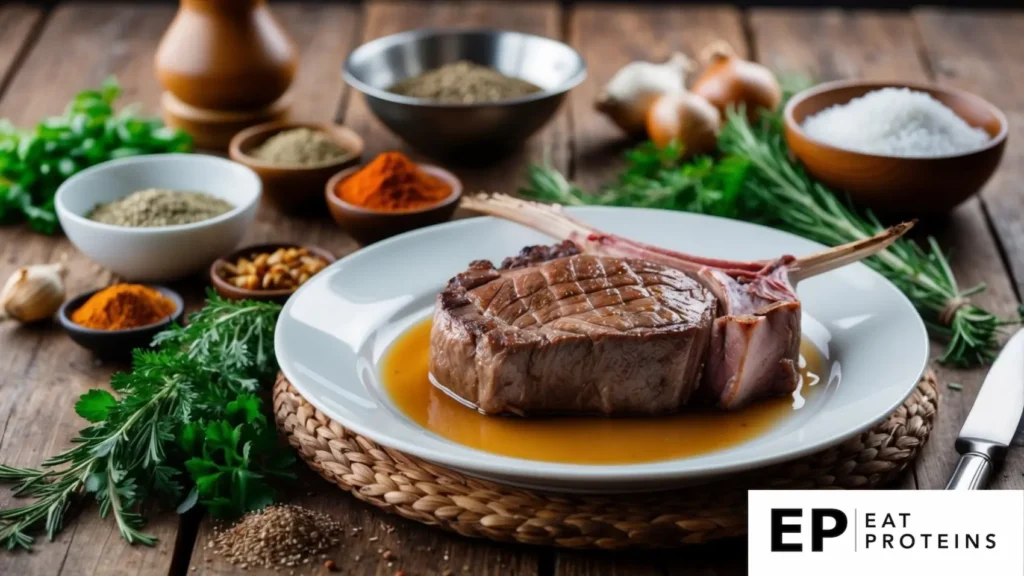
Venison steaks come from deer and are a lean, flavorful meat option. I find them to be a fantastic choice on a carnivore diet due to their high protein content and rich taste.
Cooking venison steaks is relatively easy. I often prepare them using simple steps to achieve a delicious meal. First, I allow the steak to come to room temperature, which helps it cook evenly.
Next, I season the steak with salt and pepper. I heat a skillet over medium-high heat and add a small amount of oil. Once the oil is hot, I place the steak in the skillet.
I usually cook the steak for about 4-5 minutes per side for medium-rare, depending on the thickness. It’s important to let it rest for a few minutes before slicing. This keeps the juices inside, ensuring a tender bite.
For an added touch, I might finish with a pat of butter on top. Venison steaks are versatile and can be paired with various seasonings to suit my taste.
10. Braised Short Ribs

Braised short ribs are a rich and flavorful dish perfect for anyone following a carnivore diet. They come from the lower part of the cow’s ribcage and are known for their tenderness when cooked properly.
I find braising to be straightforward. It involves cooking the meat slowly in a flavorful liquid until it’s tender. The process usually takes a few hours but requires minimal hands-on time.
To make braised short ribs, I follow these steps:
- Prep the Ribs: Season the short ribs with salt and pepper.
- Sear: In a large pot, heat oil over medium-high heat. Brown the ribs on all sides, about 3-4 minutes each.
- Add Liquid: Pour in beef broth or stock, enough to cover the ribs halfway.
- Braise: Cover the pot and simmer on low heat for about 2.5 to 3 hours until the meat is very tender.
After cooking, I let them rest a few minutes before serving. The result is a delicious, satisfying dish that fits perfectly into my carnivore meals.
11. Bone Broth Soup

Bone broth soup is a nutrient-rich liquid made by simmering animal bones. It’s simple to make and is often enjoyed on a carnivore diet for its health benefits.
To prepare it, I start with beef or chicken bones, which I can find at the local market. The process takes about 24 hours, but the hands-on time is minimal.
Here’s how I make it:
- Place 2-3 pounds of bones in a large pot or slow cooker.
- Add enough water to cover the bones, about 10-12 cups.
- Toss in a splash of apple cider vinegar, which helps extract nutrients from the bones.
- Bring to a boil, then reduce to a low simmer.
- Let it cook for 12-24 hours. The longer, the richer the flavor.
- Strain the broth through a fine sieve and discard the solids.
I can store the broth in the fridge for up to a week or freeze it for longer use. This comforting soup is versatile and can be enjoyed on its own or as a base for other dishes.
12. Pan-Fried Duck Breast
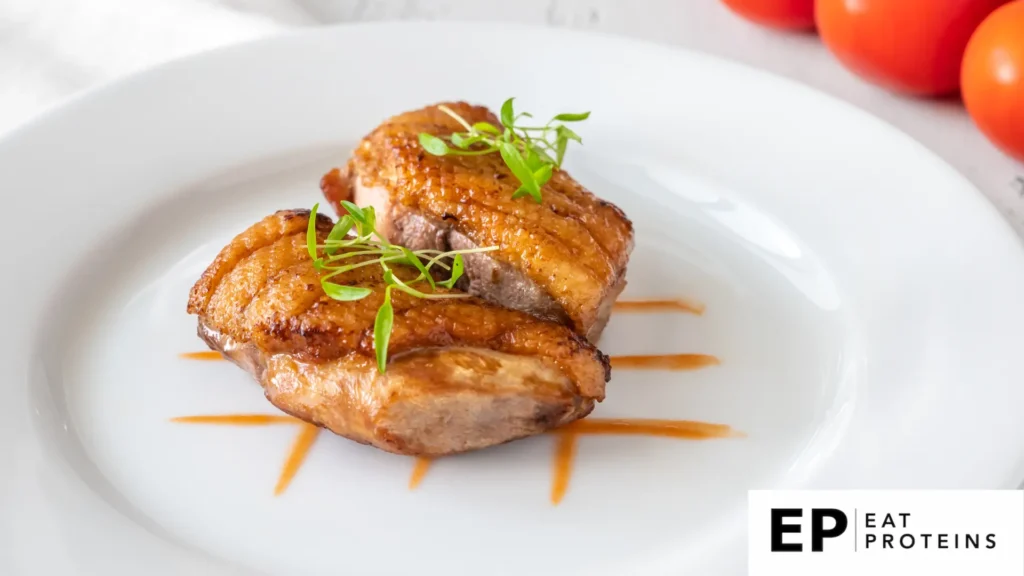
Pan-fried duck breast is a delicious option for those on the carnivore diet. It’s a cut of meat known for its rich flavor and tender texture. Cooking duck breast can be straightforward, even for beginners.
To make pan-fried duck breast, I follow these simple steps.
- Start by scoring the skin in a crosshatch pattern. This helps the fat render out during cooking.
- Season both sides of the duck breast with salt and pepper.
- Place the duck breast skin-side down in a cold skillet. Gradually heat the skillet to medium.
- Cook for about 6-8 minutes until the skin is crispy and golden.
- Flip the duck breast and cook for another 4-5 minutes for medium-rare.
I find that resting the meat for about 5 minutes after cooking allows the juices to redistribute. This step enhances the flavor and moisture.
Enjoying pan-fried duck breast with its crispy skin and juicy meat feels indulgent, making it a standout recipe for a carnivore diet.
13. Roasted Bone Marrow

Roasted bone marrow is a nutritious and flavorful dish. It consists of the soft, fatty tissue found inside bones, often from beef or lamb. This ingredient is popular in the carnivore diet for its rich taste and health benefits.
I find it easy to make roasted bone marrow at home. Start by preheating the oven to 375°F (190°C). Place the bones, cut side up, on a baking sheet. This helps them cook evenly.
Roast the bones for about 15 to 25 minutes. The marrow should become soft and slightly puffed. You can season it with salt and pepper for extra flavor if you like.
Once it’s done, I scoop out the marrow using a spoon. It can be eaten on its own or spread on low-carb bread. Some people enjoy it with additional toppings like herbs or garlic for added taste.
Roasted bone marrow is not only easy to prepare but is also a rich source of essential nutrients.
14. Sautéed Calf Liver

Sautéed calf liver is a rich source of nutrients. It is high in vitamins and minerals, making it a great choice for those following a carnivore diet. The dish is easy to prepare, even for beginners.
To make sautéed calf liver, I start with these simple steps:
- Ingredients: I need calf liver, butter or oil, salt, and pepper.
- Preparation: First, I slice the liver into thin pieces. This helps it cook evenly.
- Heating: I heat a skillet over medium-high heat and add butter or oil.
- Cooking: Once hot, I add the liver slices. I cook them for about 3 minutes on each side.
- Seasoning: After cooking, I sprinkle salt and pepper to taste.
The result is tender and flavorful liver. I enjoy it with a side of my favorite meat or on its own. Sautéed calf liver is a simple and delicious option that fits well into a carnivore diet.
15. Buffalo Wings
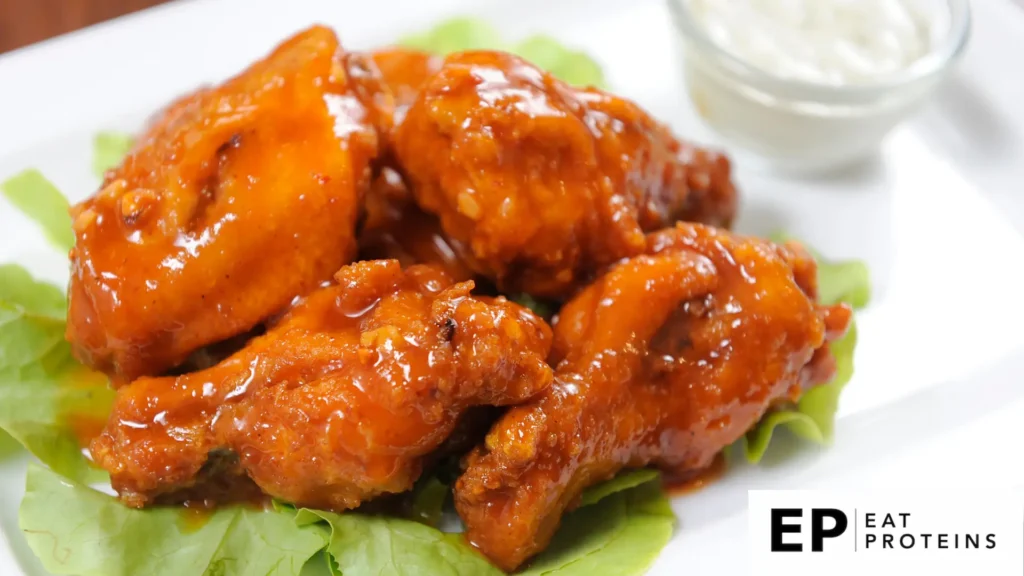
Buffalo wings are a popular dish that can fit well into a carnivore diet. They consist of chicken wings that are deep-fried and coated in a spicy sauce. The combination of crispy skin and flavorful sauce makes them a favorite for many.
Making buffalo wings is quite easy. I often prepare them when I want a satisfying snack. Here are the simple steps I follow:
- Preheat the oven to 400°F (200°C).
- Pat the chicken wings dry with a paper towel.
- Season the wings with salt and pepper.
- Place wings on a baking sheet in a single layer.
- Bake for 40-45 minutes until crispy and fully cooked.
- In a separate bowl, combine melted butter and hot sauce.
- Toss the baked wings in the sauce until evenly coated.
These wings are delicious on their own or can be paired with a dipping sauce like blue cheese. Enjoying buffalo wings is a great way to indulge in a carnivore-friendly dish while keeping it simple.
What is the Carnivore Diet?
The carnivore diet consists mainly of animal products. I will explore what this diet is, its health benefits, and the potential risks associated with it. This overview will help you understand if it’s right for you.
The carnivore diet is a restrictive eating plan that emphasizes the consumption of animal products while excluding plant-based foods. People on this diet usually eat meat, fish, eggs, and some dairy products.
The idea is to rely solely on foods high in protein and fat, which can lead to weight loss and simpler meal planning. Many followers believe this diet mirrors the dietary habits of our ancestors and can improve overall health.
This diet is also known for its simplicity. It eliminates the need to track calories or macronutrients since almost everything consumed comes from animal sources.
What are the Health Benefits of the Carnivore Diet?
Many people report various health benefits from following the carnivore diet. Some common benefits are:
- Weight Loss: The high protein content can lead to a feeling of fullness and reduced calorie intake.
- Improved Energy Levels: Many find that eliminating carbs enhances their energy and mental clarity.
- Reduced Inflammation: Some studies suggest that a diet low in carbohydrates can help decrease inflammation in the body.
I have observed that followers often experience improved digestion and fewer food sensitivities with this diet. However, individual results will vary, and it’s essential to listen to your body.
What are the Potential Risks and Considerations of the Carnivore Diet?
While the carnivore diet has potential benefits, it also carries some risks.
- Nutrient Deficiencies: Since fruits, vegetables, and grains are excluded, there may be a lack of essential vitamins and minerals.
- Digestive Issues: Some people may experience constipation or other digestive problems due to the lack of fiber in the diet.
- Heart Health: High saturated fat intake can be a concern for some, as it may affect cholesterol levels.
Before starting the carnivore diet, I recommend talking to a healthcare provider, especially if you have underlying health conditions. It’s important to make informed choices regarding your health and diet.
What are the Nutritional Aspects of Carnivore Diet Recipes?
The carnivore diet focuses primarily on animal products, providing specific nutritional benefits. I will explain the macro and micronutrient content, the importance of sourcing quality ingredients, and effective cooking techniques.
How is the Macro and Micronutrient Content of the Carnivore Diet?
The carnivore diet offers a rich supply of protein, fats, and essential vitamins and minerals. Key macronutrients include:
- Protein: Meat is a complete protein source, providing all essential amino acids needed for muscle repair and growth.
- Fats: Healthy fats from sources like fatty cuts of beef and organ meats supply energy and support hormone production.
Micronutrients are also crucial. Animal products are packed with vitamins such as B12 and minerals like iron and zinc. These nutrients are vital for energy production, immune function, and overall health. The high concentration of these nutrients in the carnivore diet can lead to improved well-being when done correctly.
How to Source Quality Ingredients for the Carnivore Diet?
Choosing high-quality ingredients is essential for maximizing the nutritional benefits of carnivore diet recipes. I prefer grass-fed beef, free-range poultry, and wild-caught fish. Here’s why:
- Grass-fed meat: This type of meat tends to have higher omega-3 fatty acids and lower overall fat content than grain-fed options.
- Wild-caught fish: Wild-caught varieties are often richer in nutrients and free from harmful additives.
I also look for organ meats, such as liver, which are nutrient-dense and provide essential vitamins. Freshness is another key factor, as meats that are fresh tend to retain more nutrients.
How to Use Cooking Techniques and Tips for the Carnivore Diet?
Cooking methods can impact both flavor and nutrient retention in carnivore recipes. I recommend techniques like grilling, broiling, or slow roasting to enhance the flavor while preserving health benefits. Here are some tips:
- Avoid overcooking: Overcooking meat can lead to nutrient loss. I aim for tender, juicy textures.
- Use animal fats: Cooking in tallow or lard can add flavor and increase healthy fat intake.
I also find that marinating meats can improve taste and tenderness. Using simple spices and herbs can enhance dishes without straying from the carnivore diet principles.
